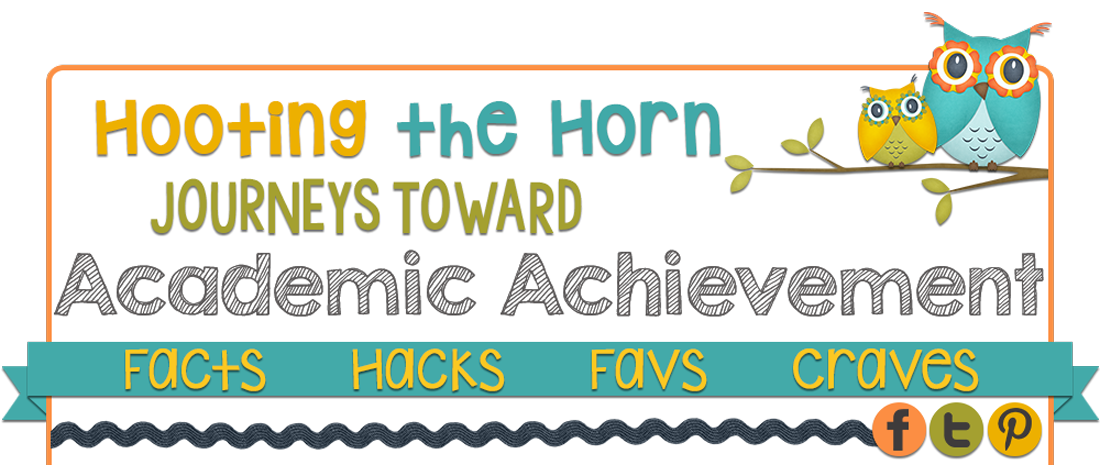
To check my students’ understanding of classifying rational numbers, I devised a simple activity. I used two hula hoops to make a Venn diagram. I have some old Scrabble letters I don’t use anymore, so I attached magnets from Oriental Trading on the back and adhered stickers with rational numbers on the front. After we completed a lecture and activity in class, I told the students gleefully, “It’s time for a test!” Their reaction – not so gleeful. They gave me strange looks as I passed out the numbers. I instructed each row of students to come up to the board and position the numbers in the proper places on the Venn diagram. The expressions on their faces relaxed, and they dutifully responded to my request. Once they finished, it gave me the opportunity to see, almost in real time, issues students had with classifying numbers. It also gave me the chance to address those issues right away. Here are five mistakes students make when classifying rational numbers:
Classifying mixed numbers as integers or
whole numbers
When I discussed this with students, they told me that they classified the mixed numbers incorrectly because of the integer in front of the fraction. I reminded them that a mixed number is a type of fraction made of an integer and a fraction.
Classifying decimals as integers or whole
numbers
That
pesky integer to the left of the decimal point can lead to misclassification. Students
have to recognize that integers are whole numbers and their opposites, and
whole numbers are basically counting numbers (both of them include zero).
Classifying negative decimals and fractions
as integers
When
we use Venn diagrams to classify rational numbers, students learn that negative
“whole numbers” are integers, but they are not classified as whole numbers. One
result is that students see the negative sign and automatically think “integer.”
It can get even more confusing when students learn that certain fractions, such
as 8/1 or certain decimals, such as 8.0, actually represent integers. Note to
students: integers and whole numbers do not have fractional parts.
Not including numbers in every possible set
and subset
Let’s
take the number 6. It is an integer, a whole number, and a rational number. I
noticed that students would only list on classification, such as whole number,
instead of all of the sets to which 6 belongs. In 6th grade, all numbers we
explore are rational numbers. Those numbers can also be decimals, fractions,
integers, percents, and whole numbers.
Recording duplicate numbers in Venn diagrams
Students
are exposed to several graphic organizers when learning how to classify
rational numbers. It is imperative that they know where to position each number
depending on the organizer. They should also be able to justify why they
positioned a number in a certain area.
I
think that completing the quick check for understanding and addressing issues
right away benefitted my students and helped them gain a better understanding
of classifying rational numbers. Sometimes, the simple things work best!






























